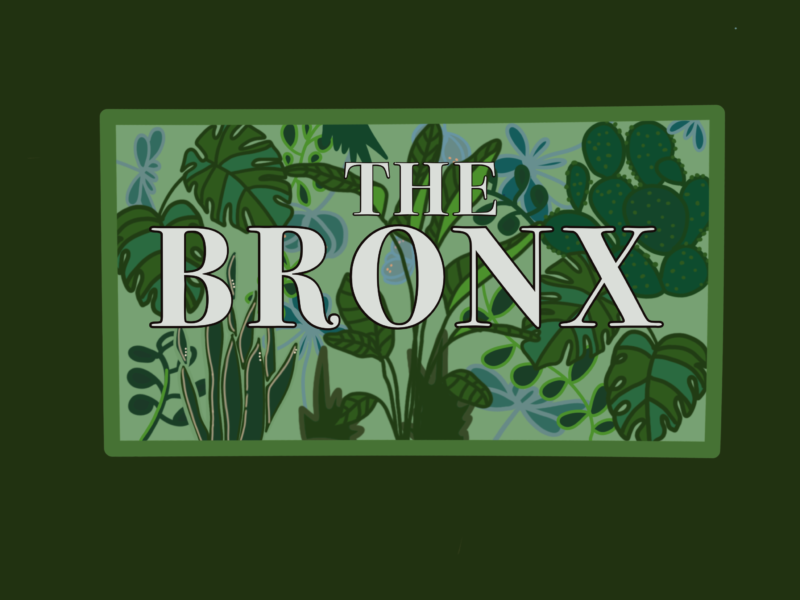
Life’s intersections and juxtapositions

I recently read and examined a free verse poem called Musee des Beaux Arts by W.H. Auden. The poetic piece of work was inspired by the compelling painting Landscape with the Fall of Icarus by Pieter Brueghel. The poem was published in 1940, but it was fascinating to notice how an old poem can still connect to our present world. Poetry is a very special form of expression, it reveals our experiences and inner feelings. With all the noise and quickness of the world, I believe this poem can certainly relate to anyone, not just poetry lovers. It consists of two stanzas which illustrates the routines of our everyday lives, although the routines in the poem are from the past. Auden mentions the suffering that exists in life, which many might tend to ignore. Auden provides a tone of acceptance in our reality, exposing dark moments in between good times, as he shifts from fortunate events to misfortunate ones. Through my understanding, the poem might illustrate how we can be so used to normalcy, we have our own set of tasks and duties, but we sometimes might fail to notice the larger things. Auden uses a great example, the death of Icarus, a Greek mythological character, who apparently flew into the sun, but unfortunately dies once he crashes into the ocean. The painting of Brueghel shows a close up of a ploughman, it seems, with a horse. They are the clearer and larger figures in focus, but far out into the distance of the painting we find more happening, such as the drowning Icarus.
During the moments of analyzing, it occurred to me that the intended reader for this can be anyone heavily lost in their own worlds, similarly to times like today, where we are most focused on our own paths. For instance, like our journeys to get to the next destination when we travel by bus, train, or car. It is for those who stare into their phones without really acknowledging their surroundings. I sometimes can be guilty of this behavior, by blocking out reality with music. The speaker gives us a taste of distraction and avoidance when he mentions,” In Breughel’s Icarus, for instance: how everything turns away/ Quite leisurely from the disaster; the ploughman may/ Have heard the splash, the forsaken cry, (lines 14-16).” Everyone is failing to notice the legs of Icarus at the ocean, not even the ploughman could notice the drowning Icarus!? How? When the ploughman hears the splash and cries of Icarus. This moment is certainly being taken for granted, I mean, the ploughman listens but doesn’t seem to bother with the sound. The readers are being awakened to such realization during this moment, so I also wondered, is Auden trying to test our values? Besides testing our attentiveness? I must admit that Auden makes great connections with an art piece from a museum to the existence of nature. The nature of interaction, with self against the world.
In this poem we might notice the different responses to the suffering of Icarus, Auden tells us about a ship near the drowning Icarus. However, the sun still shines and the ship still carries on. Is Auden trying to remind us how life still goes on? Even with all the suffering that is seen, or the suffering that people rather not see? Auden describes Icarus’s drowning as “sailing calmly on” the choice of words are playing tricks on us, and it may have been on purpose to show us how much we truly pay attention.
This poem also sparked my disappointment in society, with hopes that people can become better, and it definitely relates to our social media culture. I was reminded about the unfortunate Facebook live video of a teenage girl being sexually assaulted by multiple young men in Chicago. It was a reminder how just like the ploughman and the ship who ignored the cries of Icarus, the viewers of this disturbing Facebook live video had chosen to observe and move on, instead of help. People may not fully understand or respect a tragedy until it is experienced on their own. The struggles in our world are the parts in life that often remain unseen or unbothered, such as the example Auden gives us, but also the heavy issues that exists in Third World countries. Many people might ignore these large problems since it doesn’t affect them. It’s not always rainbows and butterflies, it is always easier to showcase the happier times, but never really the painful ones. Auden reminds us how life can be a balance of normal while bad incidents can also take place. It makes sense to why Auden would start off the poem with positive experiences. The transition to a dark scene is illustrated in a way that is quite difficult to fully grasp or quickly notice. Auden is celebrating the importance of awareness, as we all should.
Leslie Garcia has been living in the Bronx since she was 11 years old. She loves the rich history of the Bronx, and how the Bronx has given her strength and hope. She loves the shopping areas, the food, and the activities for families (which is what she plans on showcasing to the world). She loves the culture and beauty of the Bronx and can’t imagine living anywhere else. Follow her here:
Instagram.com/Frostbittenkitten
Twitter.com/Lesahhlee
Facebook.com/Gigglyduff



